
199 years ago today, the Reverend Minister George MacDonald was born in Aberdeenshire. A pious and valued member of his community, MacDonald achieved a state of prominence for his fantasy fiction writing and fairy tales which inspired some of the most well-known writers of the 189th and 20th centuries, including Lewis Carrol, Charles Dickens, Aldous Huxley, Ray Bradbury, C. S. Lewis, J. R. R. Tolkien, and Mark Twain. On a lecture tour in America in 1870s, the great bearded MacDonald spoke on poetry and literature to crowds of adoring readers numbering in the thousands. READ what some of those authors said about him… (1824)
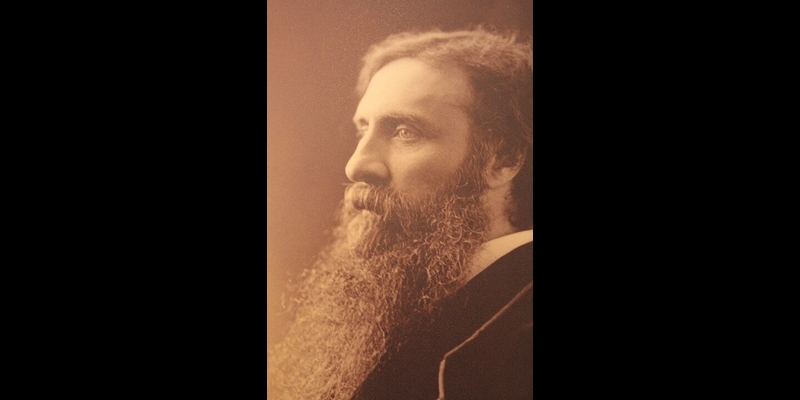
MacDonald grew up in an unusually literate environment: one of his maternal uncles was a notable Celtic scholar, editor of the Gaelic Highland Dictionary, and collector of fairy tales and Celtic oral poetry. His paternal grandfather had supported the publication of an edition of James Macpherson’s Ossian, the controversial epic poem based on the Fenian Cycle of Celtic Mythology and which contributed to the starting of European Romanticism. MacDonald’s step-uncle was a Shakespeare scholar, and his paternal cousin another Celtic academic.
“Picking up a copy of Phantastes one day at a train station bookstall, I began to read. A few hours later, I knew that I had crossed a great frontier,” wrote C. S. Lewis, adding that he regarded MacDonald as his “master”. G. K. Chesterton cited The Princess and the Goblin as a book that had “made a difference to my whole existence”.
MacDonald wrote of his fairy tales’ success that “I write, not for children, but for the child-like, whether they be of five, or fifty, or seventy-five.”
MORE Good News on this Date:
- The US Territory of Wyoming granted women the right to vote (1869)
- Thailand adopted a Constitution, becoming a constitutional monarchy (1932)
- The Grateful Dead played their first concert—at the Fillmore, in San Francisco (1965)
- Israel’s Prime Minister Menachem Begin and President of Egypt Anwar Sadat were jointly awarded the Nobel Peace Prize (1978)
- 100 British hostages held by Saddam Hussein for 4 months were freed (1990)
- Six astronauts entered the new International Space Station, becoming the first guests to stay in the outpost 250 miles up (1998)
61 years ago today, Lawrence of Arabia, the great film on the life of T. E. Lawrence, debuted at the Odeon Leicester Square. Widely regarded as one of the best films ever made, Peter O’Toole and Alec Guinness star in the struggles of rebellious Arabians during the First World War, in particular with the battles of Aqaba and Damascus. The film was nominated for ten Oscars at the 35th Academy Awards in 1963; it won seven, including Best Picture and Best Director. It also won the Golden Globe Award for Best Motion Picture – Drama and the BAFTA Awards for Best Film and Outstanding British Film. READ more… (1962)
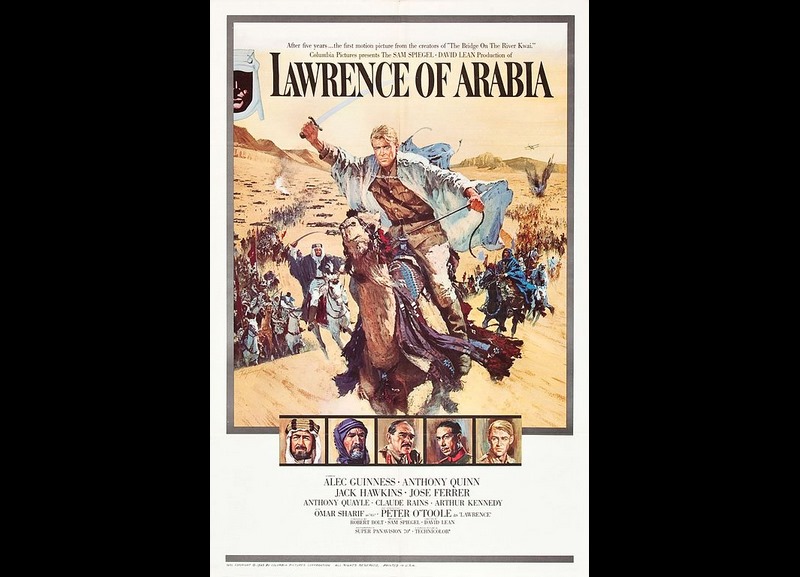
The desert scenes were shot in Jordan and Morocco and Almería and Doñana in Spain. It was originally to be filmed entirely in Jordan; the government of King Hussein was extremely helpful in providing logistical assistance, location scouting, transport, and extras. Hussein visited the set several times during production and maintained cordial relationships with cast and crew.
The only tension occurred when Jordanian officials learned that English actor Henry Oscar did not speak Arabic but would be filmed reciting the Quran. Permission was granted only on condition that an imam be present to ensure that there were no misquotations.
The film score was composed by Maurice Jarre, little known at the time, who was given just six weeks to compose two hours of orchestral music. It would become recognized as among the greatest scores in history—3rd out of 25 according to the American Film Institute.
Steven Spielberg considers this his favorite film of all time and the one that inspired him to become a filmmaker, crediting the film, which he saw four times in four successive weeks upon its release, with understanding “it was the first time seeing a movie, I realized there are themes that aren’t narrative story themes, there are themes that are character themes, that are personal themes. […] and I realized there was no going back. It was what I was going to do.”
Director Kathryn Bigelow also considers it one of her favorite films, saying it inspired her to film The Hurt Locker in Jordan. Lawrence of Arabia also inspired numerous other adventure, science fiction and fantasy stories in modern popular culture, including Frank Herbert’s Dune franchise, George Lucas’s Star Wars franchise, Ridley Scott’s Prometheus, George Miller’s Mad Max: Fury Road, and Disney’s Frozen franchise. In 1991, Lawrence of Arabia was deemed “culturally, historically, or aesthetically significant” and selected for preservation in the United States Library of Congress National Film Registry.
122 years ago today, the first Nobel Prizes were awarded, including the first one in Physics for the discovery of X-rays. Alfred Nobel, a Swedish chemist, engineer, poet, and industrialist who invented dynamite, arranged in his will to honor “those who have conferred the greatest benefit to Mankind.”
He bequeathed money to award 5 separate prizes—in Physics, Chemistry, Medicine, Literature, and Peace—which are regarded as the most prestigious honor for anyone in those fields. Each awardee receives a gold medal, a diploma, and 10 million Swedish krona (about $1.1 million).
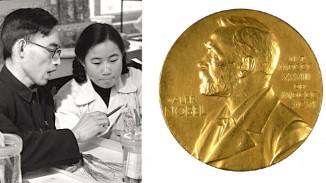
Of the 975 Nobel laureates named, 28 were organizations, and 58 were given to women, including the physicist and chemist Marie Curie, who won twice. Curie’s husband shared one of Curie’s Prizes—for physics—and their daughter, Irène Joliot-Curie, was awarded her own Nobel in Chemistry for her work on radioactivity. Another chemist, Linus Pauling, is the only person to win two unshared Nobel Prizes—one for Chemistry and the 1962 Peace Prize.
The youngest laureate was 17-year-old Malala Yousafzai who won the Peace Prize in 2014. Other notable Peace Prize laureates include Anwar Sadat and Menachem Begin, Lech Wałęsa, Martin Luther King Jr., Desmond Tutu, and Jimmy Carter.
The Swiss International Committee of the Red Cross is the only 3-time recipient of the Nobel Prize, being conferred with Peace Prizes in 1917, 1944, and 1963. Further, the humanitarian institution’s co-founder Henry Dunant won the first-ever Peace Prize in 1901.
In 2020, two women, Jennifer Doudna and Emmanuelle Charpentier jointly shared the Nobel Prize in Chemistry becoming the 6th and 7th women (after Madam Curie) to win that prize, for their “development of a method for genome editing—commonly known as CRISPR.
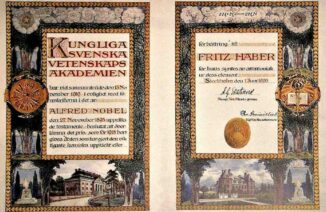
In 1969, an additional prize category for economics became an honor that was also available, when the Bank of Sweden began providing funding for it. But, not every category is awarded annually. During the World Wars, they were rare, and when the Nobel committee didn’t believe anyone attained the degree of achievement in the prior year, no Nobel is awarded. That has happened 49 times.
The U.S.A. is the country of birth for the most winners of the Nobel across the globe—around 30%—followed by the UK, France, and Germany, where, during a 2-year period, Adolf Hitler refused to allow three laureates (one in medicine, and 2 chemists) to accept their awards. Boris Pasternak, the 1958 Nobel Laureate in Literature (for Doctor Zhivago), was also coerced by the Soviet Union to decline the Prize. READ more interesting facts… (1901)
And on this day in 1948, the United Nations adopted the Universal Declaration of Human Rights, outlining basic human rights: The right to life, liberty, and security of person; the right to participate fully in cultural life; Freedom from torture or cruel, inhumane treatment or punishment; Freedom of thought, conscience and religion Freedom of expression and opinion.
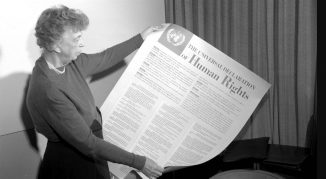
President Reagan adopted this day as Human Rights Day in the U.S. in 1986, saying: “Today we renew our allegiance to those human rights which all free men cherish and which we Americans, in particular, hold so dear. It’s love of freedom that binds a people who are so richly diverse. It unites us in purpose… that these human rights are the property of every man, woman, and child on this planet and that a violation of human rights anywhere is the business of free people everywhere. Those who suffer for freedom are not alone.”
34 years ago today, the first pro-democracy public demonstration occurred in Mongolia spearheaded by mostly young people—the beginning of the end for the 70-year period of authoritarian rule. There, a college student, Tsakhiagiin Elbegdorj—who in the course of his studies learned about the Soviet Union leader Gorbachev’s Glasnost policy, and concepts such as freedom of speech and economic liberties—announced the creation of the Mongolian Democratic Union. There and then, the peaceful, nonviolent overthrow of the second oldest communist government began.
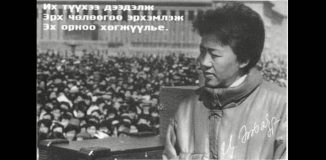
After numerous demonstrations in the capital city and elsewhere, with over 100,000 people eventually demanding democratic change, the Communist Politburo eventually gave way to the pressure and entered into negotiations with the leaders of the movement leaders who had staged a hunger strike. News of the resignation of the Politburo in March of 1990 paved the way for the first-ever multi-party parliamentary elections in July, changing Mongolia into a democratic society. Eight years later, Elbegdorj, who also co-drafted the nation’s 1992 constitution, became Prime Minister, and later its President. (1989)
And on this day in 1815, the first computer programmer was born–and she was a woman. Called the “Enchantress of Numbers,” British mathematician Ada Lovelace became the first programmer when she wrote an algorithm for an early mechanical general-purpose computer, the Analytical Engine.
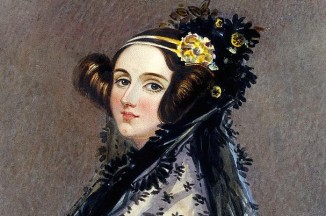
Though known for her collaboration with Charles Babbage on that pioneering machine, which came a full century before any calculating computer was actually put to use, she was also a writer and the daughter of poet Lord Byron. In Ada’s elaborate writings about the Analytical Engine, entitled, simply, Notes, she described a vision of the capability of computers to go beyond mere calculating or number-crunching, a unique thought at that time. She envisioned that maybe music could be expressed and composed on such a machine, for instance.
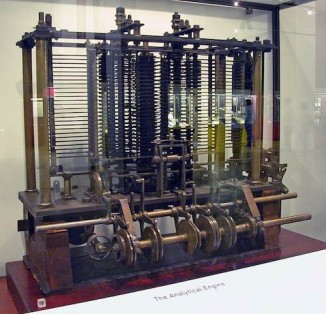
As Babbage ran out of money, the engine was never completed, so her code was untested. However, The first complete Babbage Engine was completed in London in 2002, 153 years after it was designed. Built faithfully to the original drawings, it uses 8,000 parts, weighs five tons, and measures 11 feet long—and it did exactly what the designers said it would do. An identical Engine is on display in the Mountain View, CA Computer Museum. (Learn more from these books, including the fantastic Walter Isaacson’s The Innovators.)
Also, 193 years ago today, Emily Dickinson was born in Amherst, Massachusetts. Regarded as one of America’s favorite poets, the innovative, proto-modernist only had 10 poems and one letter published during her lifetime. After her death, a treasure of 40 notebooks and loose sheets were found by her sister in a locked chest—nearly 1,800 poems—revealing the breadth of work penned during her mostly solitaire 55-year lifetime.
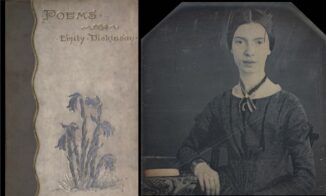
Dickinson’s unconventional poems, many of which dealt with death, spirituality, and immortality, were unique in that era. They contain short lines and often use slant rhyme as well as whimsical capitalization and punctuation.
She also explored aesthetics, society, and nature. In fact, Dickinson cultivated scented exotic flowers, writing that she “could inhabit the Spice Isles merely by crossing the dining room to the conservatory, where the plants hang in baskets”. Dickinson would often send her friends bunches of flowers with verses attached. READ one of her most famous poems… (1830)
“Hope” is the thing with feathers
That perches in the soul
And sings the tune without the words
And never stops at all.
SHARE the Milestones and Memories…